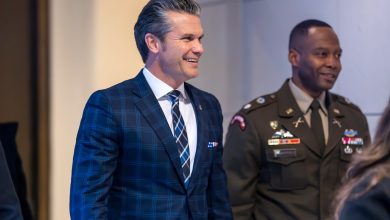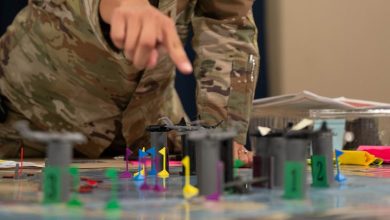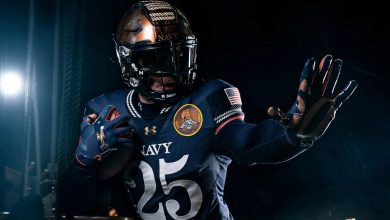This C-47 was built in 1943. It hasn’t stopped flying since.
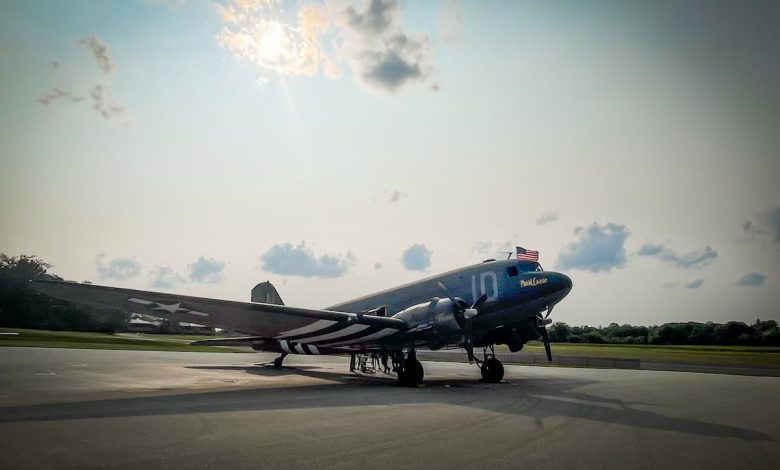
In 1943, the Placid Lassie took to the skies for the U.S. Army Air Forces, and since that date, it has never stopped. But this C-47 is not just a Frankenstein-esque hull of itself. It is not a replica nor a restoration.
“These same rivets,” according to the Tunison Foundation, “crossed the English Channel on June 6, 1944, in service of our country.”
Known as the workhorse of World War II, more than 10,000 C-47 variants were built throughout the course of the war.
Operated by a crew of four — pilot and copilot in the cockpit, and a radio operator and navigator seated in a separate compartment behind — the twin-engine low-winged monoplane was constructed of a light, all-metal and fabric-covered control surface. Each plane could carry 28 fully equipped troops or up to 6,000 pounds of cargo, including a jeep or an M3 37mm antitank gun.
While only a handful of bomber and fighter aircraft from the war are still airworthy today, it is estimated that hundreds of C-47s are still airborne around the world — a testament to the design’s durability.
The Placid Lassie is more extraordinary still. While fitted with a new engine, the plane still retains most of its wartime features, replete with the original interior black aluminum paint that factory workers from Long Beach, California, hastily slapped on in 1943.
“It’s quite rare,” William Miton, a pilot for Southwest Airlines who has been with the Tunison Foundation since 2022, told Military Times in a recent interview. “The fact that the airplane has pretty much been continuously flying since 1943 is pretty impressive. As they say, ‘You can crash a DC-3 [the civilian version of a C-47], but you can’t wear one out.’ Here’s proof in the pudding.”
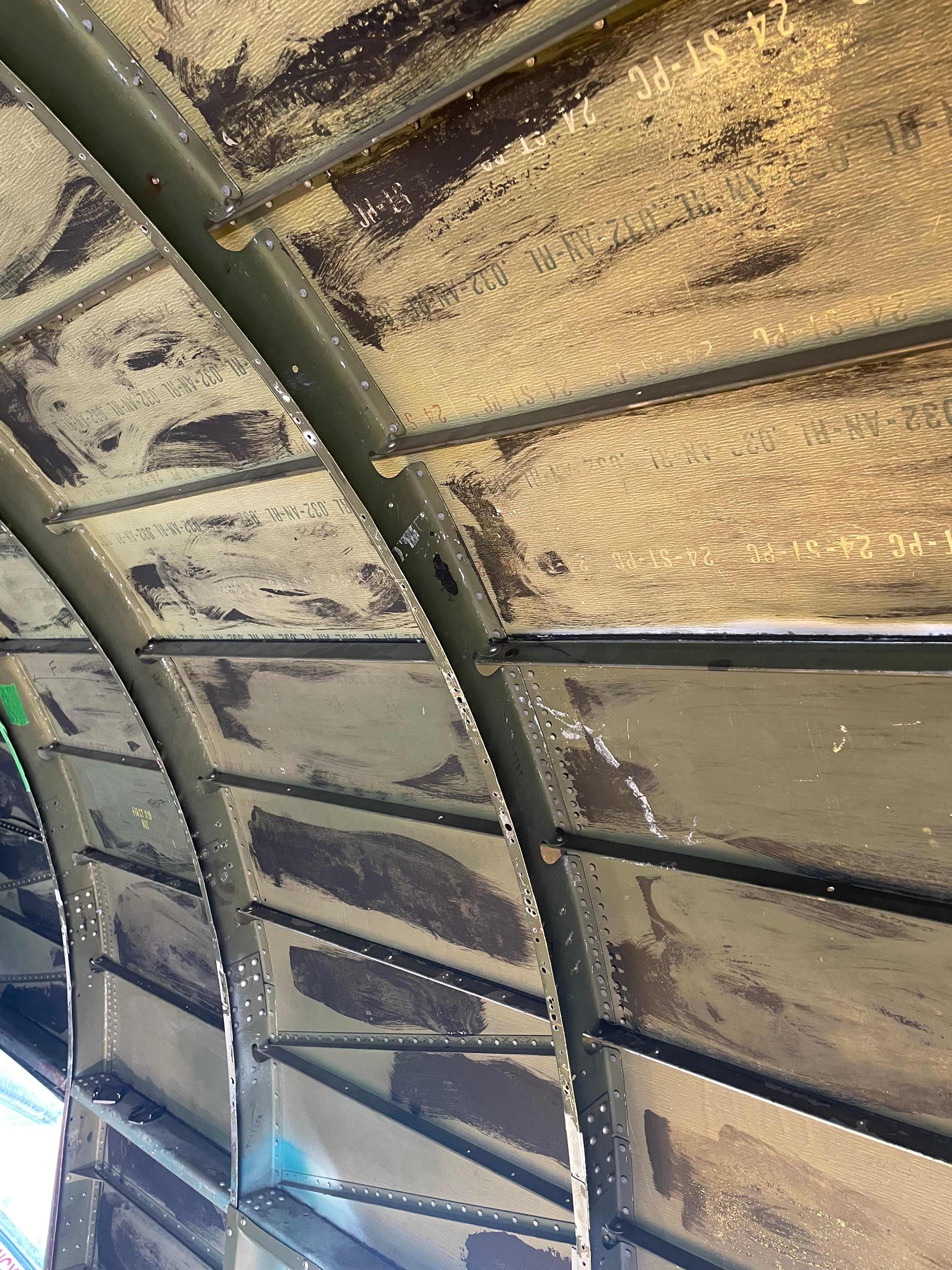
On Sept. 5 and 6, the Placid Lassie was on full display to support Angel Flight East and its annual fundraiser, Wings N’ Wheels, in Philadelphia. The nonprofit’s mission, according to its website, is to provide free air transportation to patients and their families by arranging flights to distant medical facilities — a fitting endeavor for the veteran aircraft that once transported troops and medically evacuated them from battle.
Constructed in 1943, the Placid Lassie was assigned to the 74th Troop Carrier Squadron, 434th Troop Carrier Group, and maintained the same crew for the duration of the war, save one pilot, Lt. Merton E. Eckert, who became a captain of his own C-47 and was subsequently killed during Operation Market Garden in September 1944.
The Placid Lassie was tasked with ferrying men of the 101st Airborne Division over the English Channel on D-Day; flew four missions during Operation Market Garden; participated in the resupply of the 101st Airborne during the critical days of Dec. 23-26, 1944, during the Battle of the Bulge; and dropped paratroopers over the Rhine in Operation Varsity — the largest airborne operation to take place in a single day over a single location.
Lassie’s postwar life saw it serve as a cargo aircraft until 2000, when, due to neglect, it began to suffer from engine problems and remained grounded, growing derelict.
It wasn’t until nearly a decade later that the cargo plane, purchased by British businessman James Lyle, that the Placid Lassie received another lease on life. Lyle teamed up with Clive Edwards, a noted U.K. aircraft restoration specialist, and made it his mission to restore the C-47 to airworthiness.
Then, in 2014, during the 70th anniversary of D-Day, Ed Tunison, Lassie’s wartime radio operator and sole surviving member of its crew, was reconnected with the plane via Dutch historian Hans de Brok. Upon being educated regarding Lassie’s wartime history, Lyle, alongside pilot Eric Zipkin, established the Tunison Foundation as a means of preserving the aircraft in tribute to its contributions to World War II.
Since then, Placid Lassie has returned to Normandy on two more occasions — for the 75th and 80th anniversaries of D-Day, with several actors from the HBO hit series, “Band of Brothers,” making the jump in 2024.
Alex Sabga-Brady, who played Cpl. Frank Mellet, and Christian Black, who played Technical Sgt. Walter Hendrix, returned to train at Camp Toccoa — made famous by Easy Company — over 20 years after filming, telling the BBC that it was amazing to do what they “didn’t do” in the series and to “static line jump” like Easy Company did during the war.
Claire Barrett is the Strategic Operations Editor for Sightline Media and a World War II researcher with an unparalleled affinity for Sir Winston Churchill and Michigan football.
Read the full article here





